A Strong Scientific Consensus
the human influence on the climate system is clear and is evident from the increasing greenhouse gas concentrations in the atmosphere, positive radiative forcing, observed warming, and understanding of the climate system.
Every five or six years, the IPCC conducts a comprehensive report that assesses articles that climate scientists publish in peer-reviewed scientific journals, which is where most of the scientific debate on climate change takes place. Peer review, while not perfect, ensures that journals only accept articles that meet a high standard of scientific rigor and objectivity. Several surveys of the refereed literature on climate change science have confirmed that virtually all published papers accept the scientific basis of human-induced climate change.
The scientific consensus about human-induced climate change is further attested to by a joint statement signed by 11 of the world’s leading national science academies representing Brazil, Canada, China, France, Germany, Italy, India, Japan, Russia, the United Kingdom and the United States. Many other science bodies have issued similar statements.
While the fact that humanity’s emissions of greenhouse gases contribute to climate change is no longer in dispute, scientists continue to investigate how the climate will respond to rising atmospheric levels of greenhouse gases over time and in the various regions of the world.
The latest IPCC assessment report, the fifth, is in the process of being released. There are four parts to the report, on the physical science, impacts and adaption, mitigation, and a synthesis report that brings together the main elements from the first three parts.
Working Group I: Climate Change 2013: The Physical Science Basis
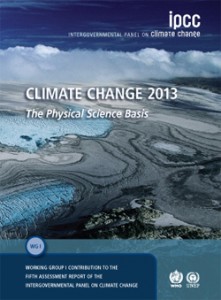
Full Report
Summary for Policymakers
Press Release– Human influence on climate clear, IPCC report says
Major Findings
- Warming of the climate system is unequivocal, and since the 1950s, many of the observed changes are unprecedented over decades to millennia. The atmosphere and ocean have warmed, the amounts of snow and ice have diminished, sea level has risen, and the concentrations of greenhouse gases have increased.
- Each of the last three decades has been successively warmer at the Earth’s surface than any preceding decade since 1850. In the Northern Hemisphere, 1983–2012 was likely the warmest 30-year period of the last 1400 years.
- Ocean warming dominates the increase in energy stored in the climate system, accounting for more than 90 per cent of the energy accumulated between 1971 and 2010. It is virtually certain that the upper ocean (0–700 metres) warmed from 1971 to 2010, and it likely warmed between the 1870s and 1971.
- Over the last two decades, the Greenland and Antarctic ice sheets have been losing mass, glaciers have continued to shrink almost worldwide, and Arctic sea ice and Northern Hemisphere spring snow cover have continued to decrease in extent.
- The rate of sea level rise since the mid-19th century has been larger than the mean rate during the previous two millennia. Over the period 1901 to 2010, global mean sea level rose by 0.19 [0.17 to 0.21] metres.
- The atmospheric concentrations of carbon dioxide, methane, and nitrous oxide have increased to levels unprecedented in at least the last 800,000 years. Carbon dioxide concentrations have increased by 40 per cent since pre-industrial times, primarily from fossil fuel emissions and secondarily from net land use change emissions. The ocean has absorbed about 30 per cent of the emitted anthropogenic carbon dioxide, causing ocean acidification.
- Warming of the climate system is unequivocal, and since the 1950s, many of the observed changes are unprecedented over decades to millennia. The atmosphere and ocean have warmed , the amounts of snow and ice have diminished, sea level has risen, and the concentrations of greenhouse gases have increased.
- Climate models have improved since the last assessment report in 2007. Models reproduce observed continental-scale surface temperature patterns and trends over many decades, including the more rapid warming since the mid-20th century and the cooling immediately following large volcanic eruptions
- Human influence has been detected in warming of the atmosphere and the ocean, in changes in the global water cycle, in reductions in snow and ice, in global mean sea level rise, and in changes in some climate extremes. This evidence for human influence has grown since AR4. It is extremely likely that human influence has been the dominant cause of the observed warming since the mid-20th century.
- Changes in the global water cycle in response to the warming over the 21st century will not be uniform. The contrast in precipitation between wet and dry regions and between wet and dry seasons will increase, although there may be regional exceptions.
- The global ocean will continue to warm during the 21st century. Heat will penetrate from the surface to the deep ocean and affect ocean circulation.
- It is very likely that the Arctic sea ice cover will continue to shrink and thin and that Northern Hemisphere spring snow cover will decrease during the 21st century as global mean surface temperature rises. Global glacier volume will further decrease.
- Global mean sea level will continue to rise during the 21st century. Under all RCP scenarios, the rate of sea level rise will very likely exceed that observed during 1971 to 2010 due to increased ocean warming and increased loss of mass from glaciers and ice sheets.
- Climate change will affect carbon cycle processes in a way that will exacerbate the increase of CO2 in the atmosphere.
- Further uptake of carbon by the ocean will increase ocean acidification.
- Cumulative emissions of CO2 largely determine global mean surface warming by the late 21st century and beyond. Most aspects of climate change will persist for many centuries even if emissions of CO2 are stopped. This represents a substantial multi-century climate change commitment created by past, present and future emissions of CO2.
Working Group II Report: Climate Change 2014: Impacts, Adaptation, and Vulnerability
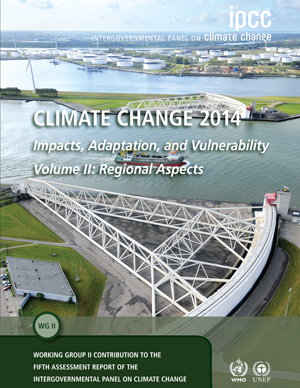 Full Report
Full ReportSummary for Policymakers
Press Release: IPCC Report: A changing climate creates pervasive risks but opportunities exist for effective responses – Responses will face challenges with high warming of the climate
Major Findings
- The effects of climate change are already occurring on all continents and across the oceans.
- Glaciers continue to shrink almost worldwide due to climate change, affecting runoff and water resources downstream. Climate change is causing permafrost warming and thawing in high-latitude regions and in high-elevation regions.
- The negative impacts of climate change on crop yields have been more common than positive impacts. Climate change has negatively affected wheat and maize yields for many regions and in the global aggregate.
- Climate-related hazards affect poor people’s lives directly through impacts on livelihoods, reductions in crop yields, or destruction of homes and indirectly through , for example, increased food prices and food
- The world, in many cases, is ill-prepared for risks from a changing climate.
- There are opportunities to respond to such risks, though the risks will be difficult to manage with high levels of warming.
- The nature of the risks of climate change is increasingly clear, though climate change will also continue to produce surprises. The report identifies vulnerable people, industries, and ecosystems around the world.
- The risks from a changing climate comes from vulnerability (lack of preparedness) and exposure (people or assets in harm’s way) overlapping with hazards (triggering climate events or trends). Each of these three components can be a target for smart actions to decrease risk.
- Adaptation to reduce the risks from a changing climate is now starting to occur, but with a stronger focus on reacting to past events than on preparing for a changing future.
- Future risks from a changing climate depend strongly on the amount of future climate change.
- Increasing magnitudes of warming will increase the likelihood of severe and pervasive impacts that may be either surprising or irreversible.
Working Group III Report: Climate Change 2014: Mitigation of Climate Change
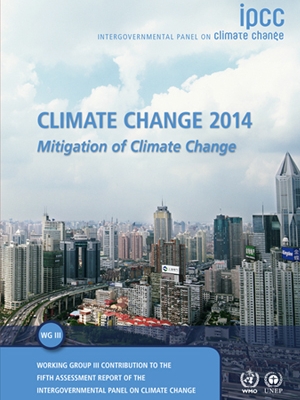 Full Report
Full ReportSummary for Policymakers
Press Release: IPCC: Greenhouse gas emissions accelerate despite reduction efforts– Many pathways to substantial emissions reductions are available
Major Findings
Global emissions of greenhouse gases have risen to unprecedented levels despite a growing number of policies to reduce climate change.
- Emissions grew more quickly between 2000 and 2010 than in each of the three previous decades.
- It is still possible, using a wide array of technological measures and changes in behaviour, to limit the increase in global mean temperature to two degrees Celsius above pre-industrial levels.
- Major institutional and technological change will give a better than even chance that global warming will not exceed this threshold.
- Scenarios show that in order to have a likely chance of limiting the increase in global mean temperature to two degrees Celsius, global greenhouse gas emissions would have to be lowered by 40 to 70 per cent compared with 2010 by mid-century, and to near -zero by the end of this century. Ambitious mitigation may even require removing carbon dioxide from the atmosphere.
- In business -as-usual scenarios, consumption grows by 1.6 to 3 percent per year. Ambitious mitigation would reduce this growth by around 0.06 percentage points a year. However, the underlying estimates do not take into account economic benefits of reduced climate change.
- Stabilizing greenhouse gas concentrations in the atmosphere requires emissions reductions from energy production and use, transport, buildings, industry, land use, and human settlements.
- Land is a key component for the 2°C goal. Slowing deforestation and planting forests have stopped or even reversed the increase in emissions from land use. Through afforestation, land could be used to draw carbon dioxide from the atmosphere.
- Emission reductions can also be achieved by combining electricity production from biomass and carbon dioxide capture and storage. However, as of today this combination is not available at scale, permanent underground carbon dioxide storage faces challenges and the risks of increased competition for land need to be managed.
Synthesis Report 2014

Summary for policymakers
Longer report
Presentation
Observed Changes and their Causes
Human influence on the climate system is clear, and recent anthropogenic emissions of greenhouse gases are the highest in history. Recent climate changes have had widespread impacts on human and natural systems.
Warming of the climate system is unequivocal, and since the 1950s, many of the observed changes are unprecedented over decades to millennia. The atmosphere and ocean have warmed, the amounts of snow and ice have diminished, and sea level has risen.
Anthropogenic greenhouse gas emissions have increased since the pre-industrial era, driven largely by economic and population growth, and are now higher than ever. This has led to atmospheric concentrations of carbon dioxide, methane and nitrous oxide that are unprecedented in at least the last 800,000 years. Their effects, together with those of other anthropogenic drivers, have been detected throughout the climate system and are extremely likely to have been the dominant cause of the observed warming since the mid-20th century.
In recent decades, changes in climate have caused impacts on natural and human systems on all continents and across the oceans. Impacts are due to observed climate change, irrespective of its cause, indicating the sensitivity of natural and human systems to changing climate.
Changes in many extreme weather and climate events have been observed since about 1950. Some of these changes have been linked to human influences, including a decrease in cold temperature extremes, an increase in warm temperature extremes, an increase in extreme high sea levels and an increase in the number of heavy precipitation events in a number of regions.
Future Climate Changes, Risks and Impacts
Continued emission of greenhouse gases will cause further warming and long-lasting changes in all components of the climate system, increasing the likelihood of severe, pervasive and irreversible impacts for people and ecosystems. Limiting climate change would require substantial and sustained reductions in greenhouse gas emissions which, together with adaptation, can limit climate change risks.
Cumulative emissions of carbon dioxide largely determine global mean surface warming by the late 21st century and beyond.
Projections of greenhouse gas emissions vary over a wide range, depending on both socio-economic development and climate policy.
Surface temperature is projected to rise over the 21st century under all assessed emission scenarios. It is very likely that heat waves will occur more often and last longer, and that extreme precipitation events will become more intense and frequent in many regions. The ocean will continue to warm and acidify, and global mean sea level to rise.
Climate change will amplify existing risks and create new risks for natural and human systems. Risks are unevenly distributed and are generally greater for disadvantaged people and communities in countries at all levels of development.
Many aspects of climate change and associated impacts will continue for centuries, even if anthropogenic emissions of greenhouse gases are stopped. The risks of abrupt or irreversible changes increase as the magnitude of the warming increases.
Future Pathways for Adaptation, Mitigation and Sustainable Development
Adaptation and mitigation are complementary strategies for reducing and managing the risks of climate change. Substantial emissions reductions over the next few decades can reduce climate risks in the 21st century and beyond, increase prospects for effective adaptation, reduce the costs and challenges of mitigation in the longer term, and contribute to climate-resilient pathways for sustainable development.
Effective decision making to limit climate change and its effects can be informed by a wide range of analytical approaches for evaluating expected risks and benefits, recognizing the importance of governance, ethical dimensions, equity, value judgments, economic assessments and diverse perceptions and responses to risk and uncertainty.
Without additional mitigation efforts beyond those in place today, and even with adaptation, warming by the end of the 21st century will lead to high to very high risk of severe, widespread, and irreversible impacts globally (high confidence). Mitigation involves some level of co-benefits and of risks due to adverse side-effects, but these risks do not involve the same possibility of severe, widespread, and irreversible impacts as risks from climate change, increasing the benefits from near-term mitigation efforts.
Adaptation can reduce the risks of climate change impacts, but there are limits to its effectiveness, especially with greater magnitudes and rates of climate change. Taking a longer-term perspective, in the context of sustainable development, increases the likelihood that more immediate adaptation actions will also enhance future options and preparedness.
There are multiple mitigation pathways that are likely to limit warming to below 2°C relative to pre-industrial levels. These pathways would require substantial emissions reductions over the next few decades and near zero emissions of carbon dioxide and other long-lived greenhouse gases by the end of the century. Implementing such reductions poses substantial technological, economic, social, and institutional challenges, which increase with delays in additional mitigation and if key technologies are not available. Limiting warming to lower or higher levels involves similar challenges, but on different timescales.
Adaptation and Mitigation
Many adaptation and mitigation options can help address climate change, but no single option is sufficient by itself. Effective implementation depends on policies and cooperation at all scales, and can be enhanced through integrated responses that link adaptation and mitigation with other societal objectives.
Adaptation and mitigation responses are underpinned by common enabling factors. These include effective institutions and governance, innovation and investments in environmentally sound technologies and infrastructure, sustainable livelihoods, and behavioral and lifestyle choices.
Adaptation options exist in all sectors, but their context for implementation and potential to reduce climate-related risks differs across sectors and regions. Some adaptation responses involve significant co-benefits, synergies and trade-offs. Increasing climate change will increase challenges for many adaptation options.
Mitigation options are available in every major sector. Mitigation can be more cost-effective if using an integrated approach that combines measures to reduce energy use and the greenhouse gas intensity of end-use sectors, decarbonize energy supply, reduce net emissions and enhance carbon sinks in land-based sectors.
Effective adaptation and mitigation responses will depend on policies and measures across multiple scales: international, regional, national and sub-national. Policies across all scales supporting technology development, diffusion and transfer, as well as finance for responses to climate change, can complement and enhance the effectiveness of policies that directly promote adaptation and mitigation.
Climate change is a threat to sustainable development. Nonetheless, there are many opportunities to link mitigation, adaptation and the pursuit of other societal objectives through integrated responses (high confidence). Successful implementation relies on relevant tools,suitable governance structures and enhanced capacity to respond (medium confidence).
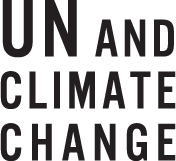


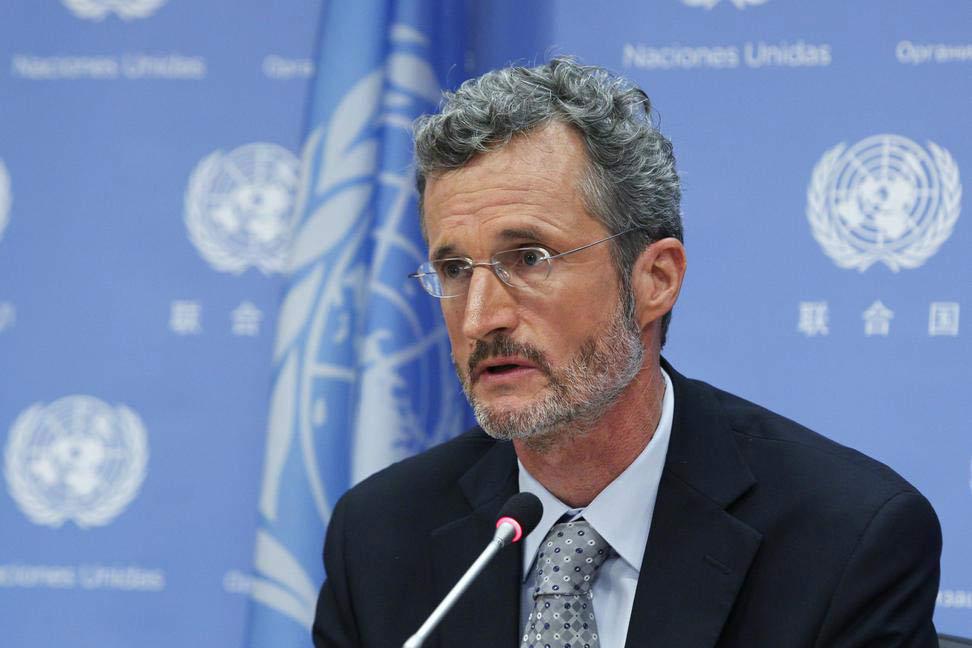
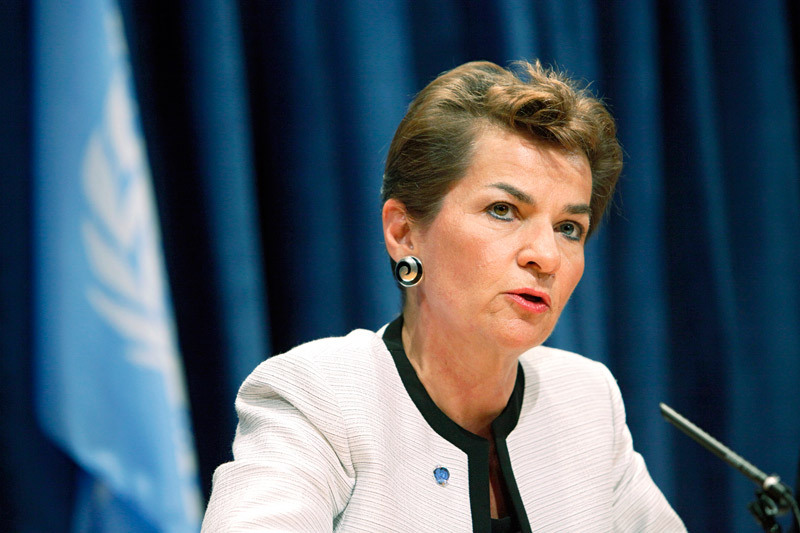
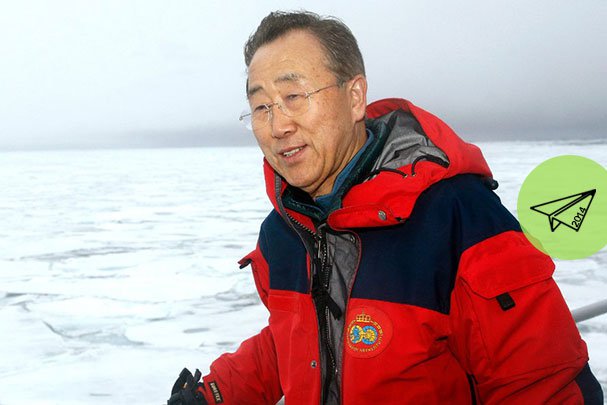





Follow us